Why the SPDR Portfolio S&P 500 ETF (SPLG) Could Be the Top Index Fund Choice
Why the SPDR Portfolio S&P 500 ETF (SPLG) Could Be the Top Index Fund Choice
Investing in individual stocks can be exciting, but not every investor finds the research and monitoring process enjoyable. For those who prefer a more hands-off approach to building wealth, investing in quality, low-cost index funds is a proven strategy. Even Warren Buffett, the legendary CEO of Berkshire Hathaway, has publicly recommended index funds as an excellent vehicle for the average investor.
Buffett’s Endorsement of Index Funds
In his 2013 letter to Berkshire Hathaway shareholders, Buffett revealed his simple investment advice for most people: allocate 10% to short-term government bonds and 90% to a low-cost S&P 500 index fund. He believes that this approach will yield better long-term results than those achieved by expensive, actively managed funds, whether run by professionals or individuals.
The S&P 500 ETF Landscape: IVV vs. SPLG
Many investors are familiar with the iShares Core S&P 500 ETF (IVV). It’s a well-established, market-cap-weighted fund that mirrors the S&P 500 index, tracking the performance of 500 of the largest publicly traded companies in the U.S. However, a strong alternative is the SPDR Portfolio S&P 500 ETF (SPLG). Both ETFs hold nearly identical stocks and follow the same weighting methodology. As of now, SPLG contains 503 equity holdings due to some companies having multiple share classes, but both funds closely represent the S&P 500’s performance.
Why SPLG Edges Out the Competition
Although IVV and SPLG are similar, the differences that matter come down to cost and trading efficiency:
Expense Ratio
- IVV: 0.03%, or $3 per year for every $10,000 invested—a low fee for any index fund.
- SPLG: 0.02%, or $2 per year for every $10,000 invested—even lower, allowing investors to save more over the long term, especially if portfolios grow large over the years.
Trading Efficiency (Bid-Ask Spread)
The bid-ask spread is a measure of trading efficiency. At present, SPLG’s bid and ask prices are perfectly matched at $73.16, indicating high efficiency. By contrast, IVV has a small $0.05 spread between bid and ask prices. While this difference may be minor for long-term investors, those who trade more frequently or manage large funds may appreciate SPLG’s tighter spread.
Conclusion: Both Are Good, But SPLG Shines
Both IVV and SPLG are outstanding S&P 500 index funds. Investors don’t need to sell IVV if they already own it. However, for those deciding between the two, SPLG’s slight advantages in expense ratio and trading efficiency put it just ahead in this comparison.
This content is for informational purposes only and does not constitute financial advice.

